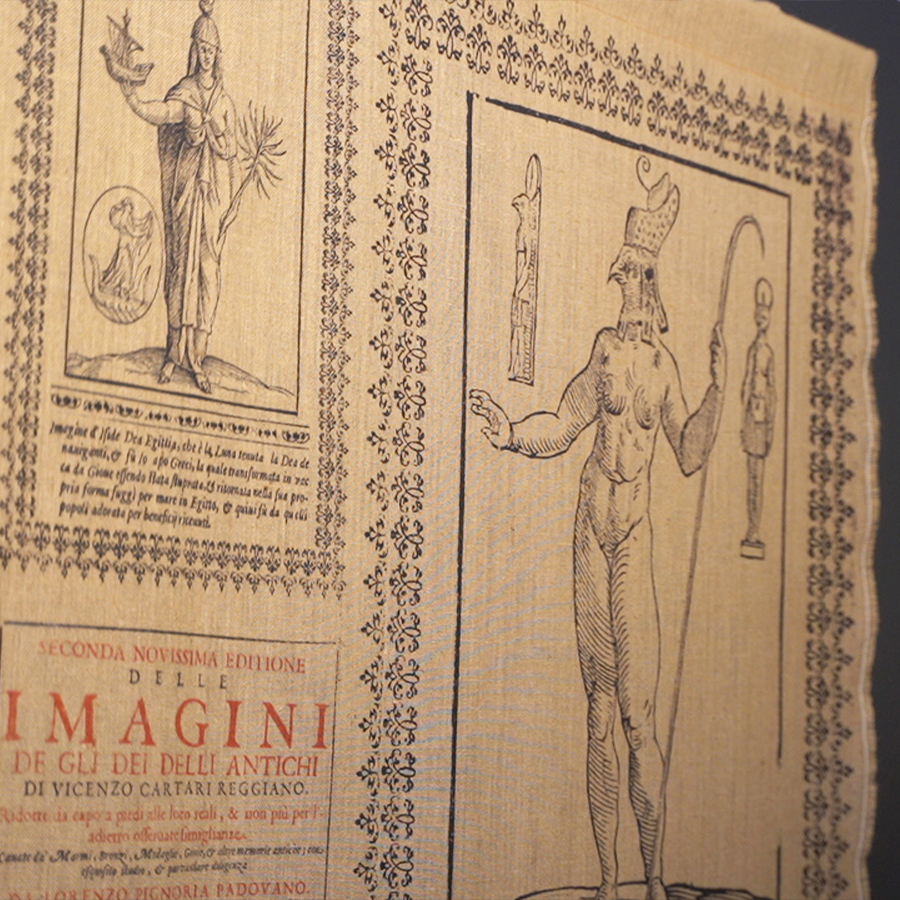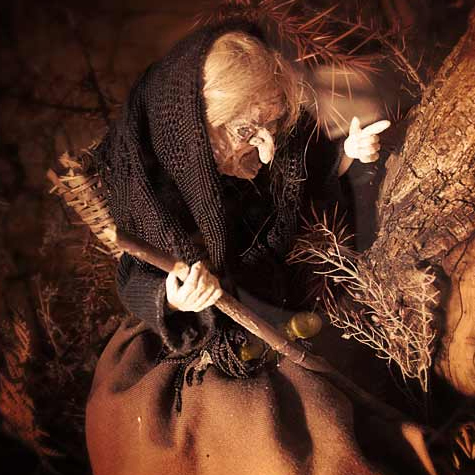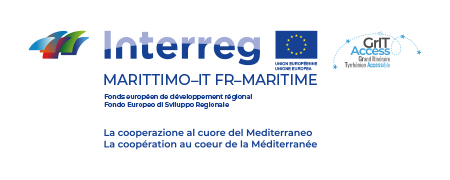


Welcome
You have opened the door. You have entered a time machine.
These virtual pages are a preview, a story that you can only experience in Triora.
You will find yourself, perhaps without knowing it, in one of the most beautiful places in Liguria, in the Regional Park of the Western Maritime Alps, where ancient human settlements, old traditions and endemisms of all kinds still coexist.

Ethnostorical Section

Didactic Section
There are important characters and moments in the development of this story. In the first part of the 20th century, Father Francesco Ferraironi wrote about his homeland and collected books and testimonies, and created an exhibition of popular culture in 1960. The foundation stone of a museum collection. The religious man was visionary.
Read more
In 1987 the National Conference promoted by the Municipality of Triora and the University of Genoa on the occasion of the fourth centenary of the witchcraft trials brought Triora to international awareness for the painful story of witch-hunting. Triora, town of witches. It is now a brand of local identity. The new space for storytelling is the Ethnographic Museum of Witchcraft, the MES, in which the Municipality of Triora, the Region of Liguria and the Ministry of Cultural Heritage all participated. Innovative, dramatic, based on the studies and reading of Paolo Portone, one of the leading experts in the field. The project is still ongoing and is based in the elegant Palazzo Stella. A place where the presumed witches were also imprisoned. Their redemption is also in this choice.
Finally, get out of the historic buildings and move around as you wish because every metre of stone wall, every door, every window, every balcony, every painting and work of art in the many religious buildings, every type of dwelling, especially those in Realdo on Brigasca land, now annexed to the Municipality of Triora, every step in an unspoilt natural world, every glance towards the mountains, every hand placed on the stone of a climb, everything is past time that still lives on.

Witchcraft

Other sections
Triora is a place where to go, to learn things that will remain within you.

book your visit

ticket office

